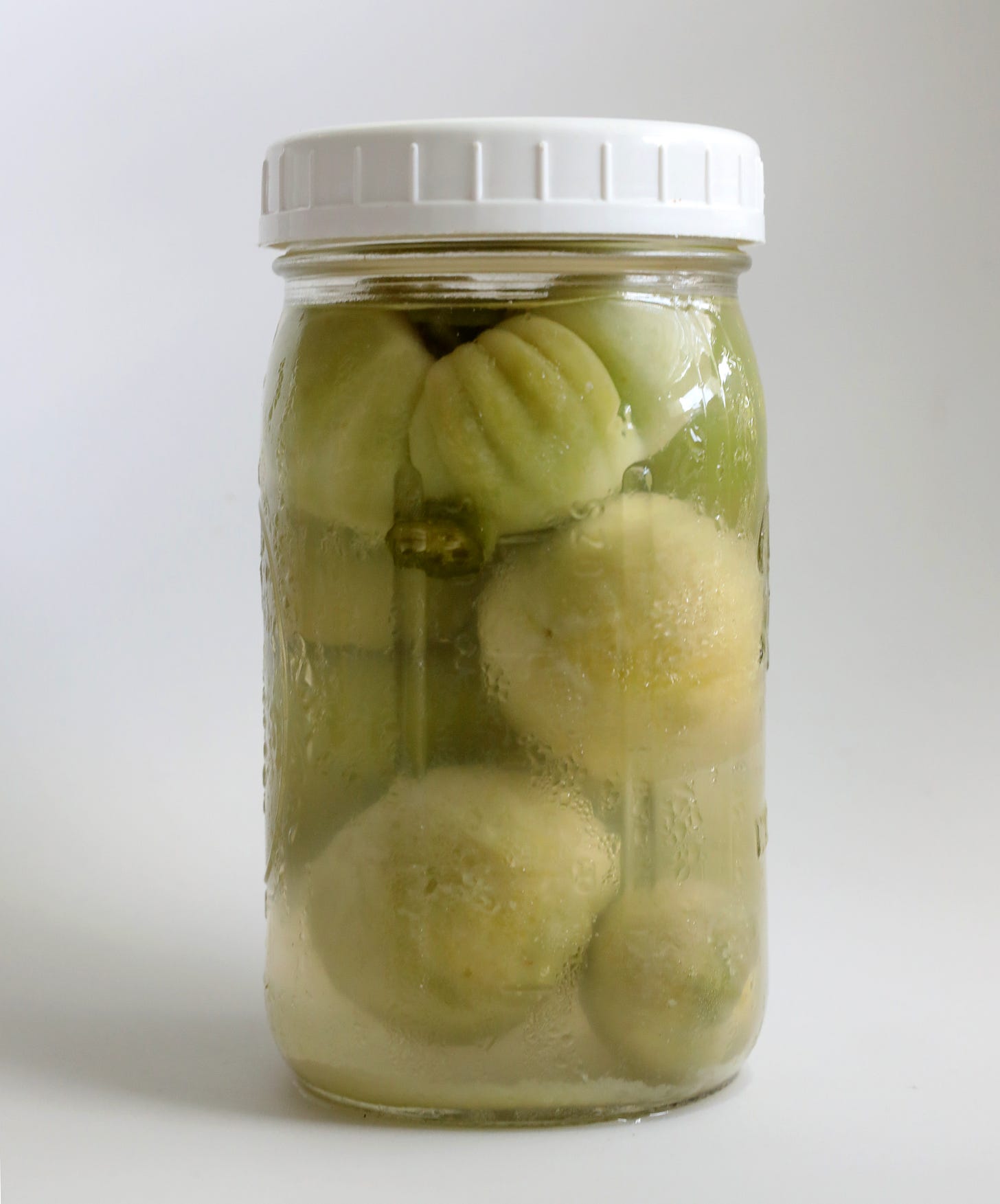Green Tomatoes With A Twist
Reusing brine for fun and profit
I made dill pickles recently, using the recipe my grandfather taught me when I was about 8. He was from Poland, born in 1907, and grew up very poor. Preserving food for the winter was not a hipster hobby—it was a matter of survival. This is how a lot of fermentation traditions around the world came to be, especially in areas with harsh winters. That the…
Keep reading with a 7-day free trial
Subscribe to Flavor Freaks to keep reading this post and get 7 days of free access to the full post archives.


